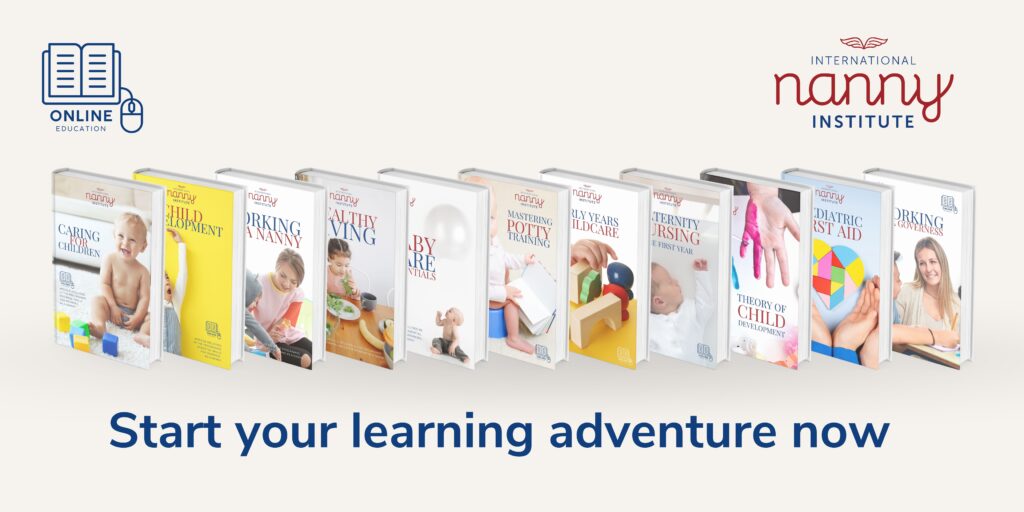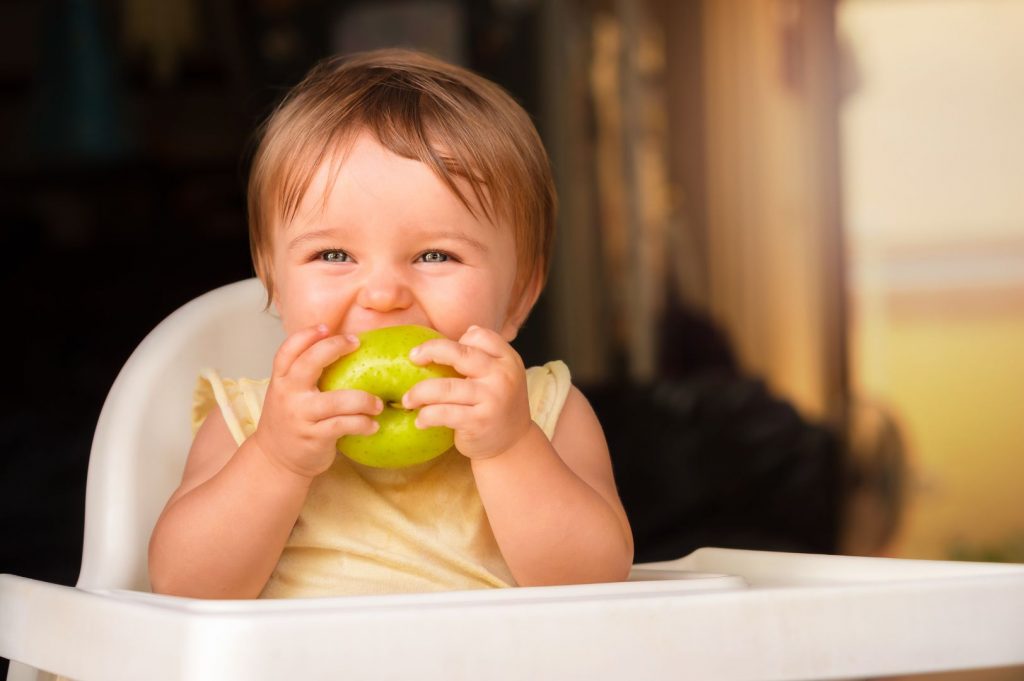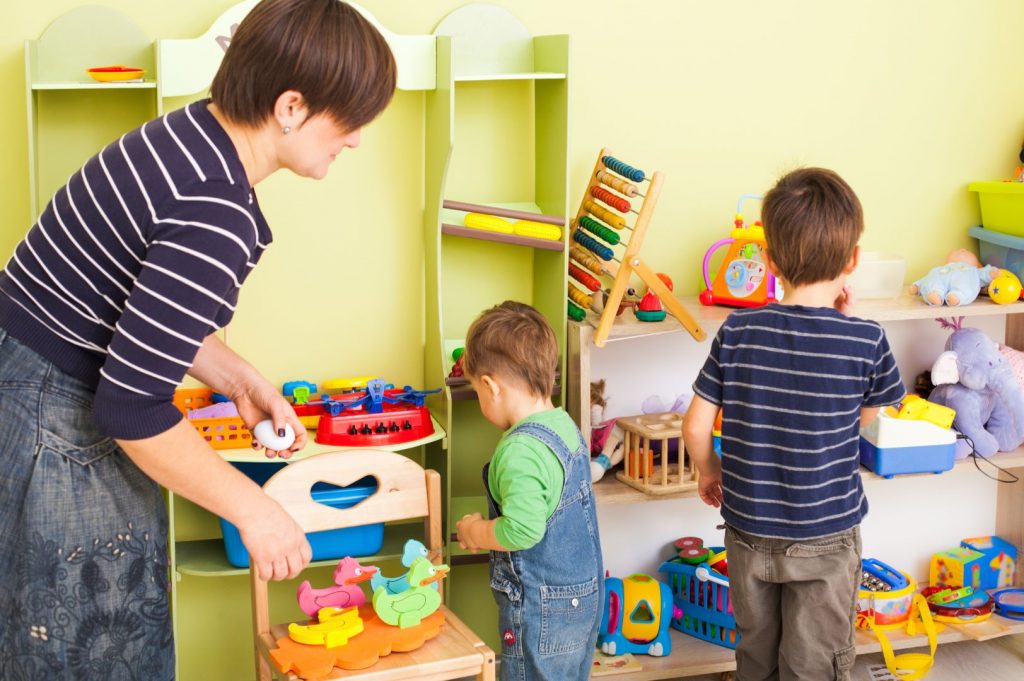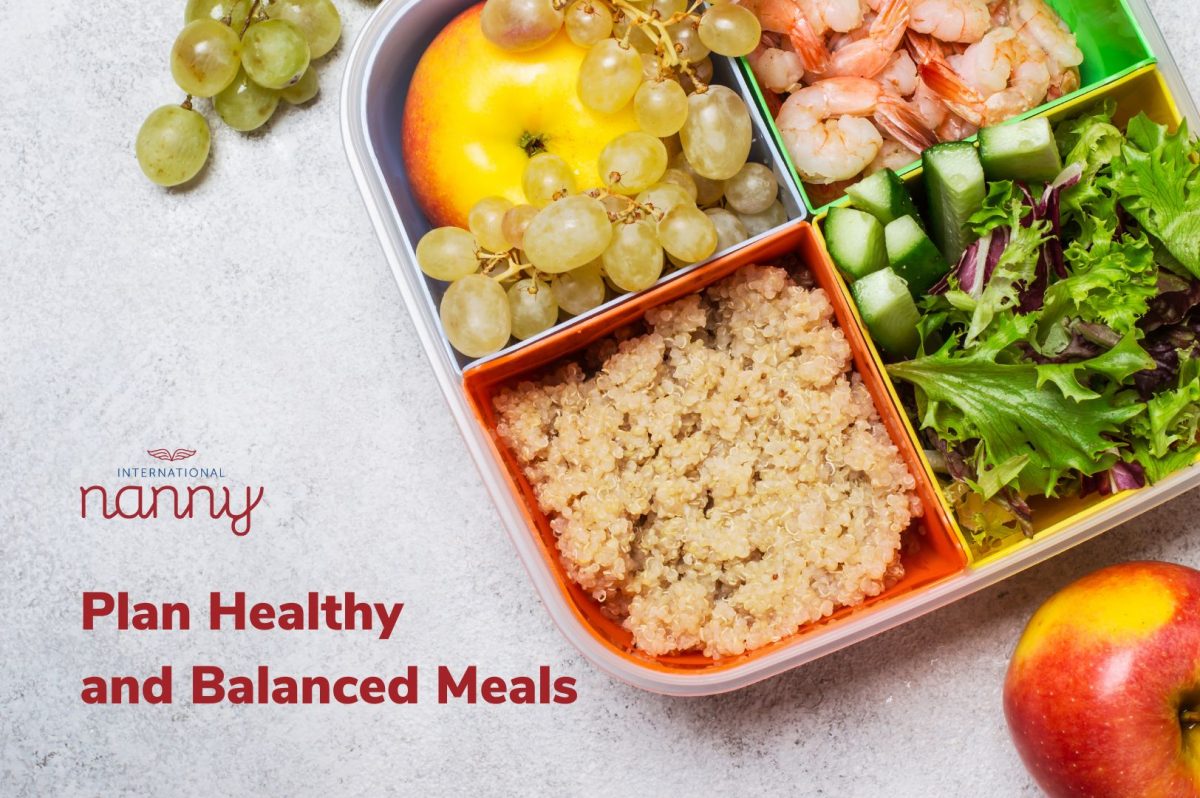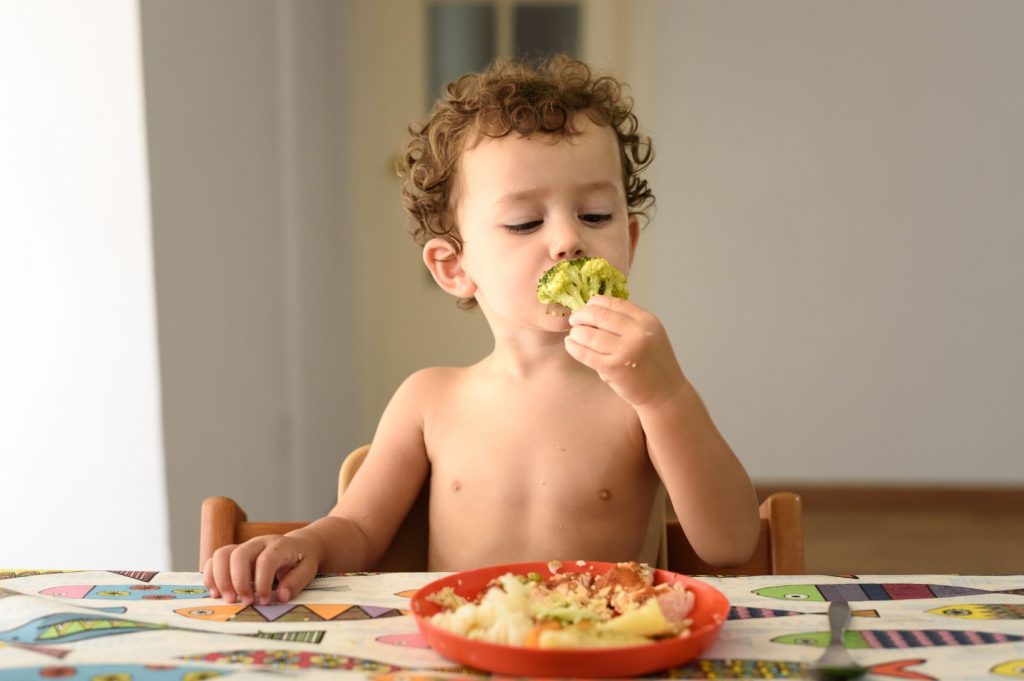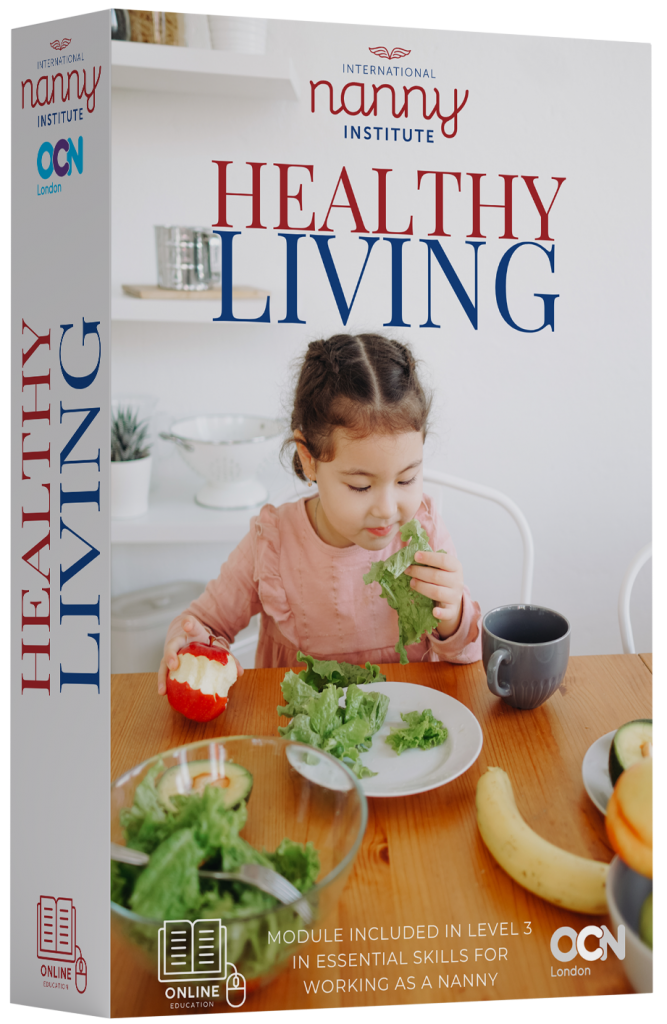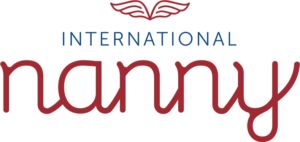As a professional nanny, one of the most important roles you play is that of a child’s educator. While it may be tempting to rely solely on electronic devices or your own knowledge to teach children, it’s important to remember that other valuable resources can help you, and one of the most valuable of these resources is your local public library. In this blog post, we’ll explore the many benefits of involving children with the local public library.
Access to a Wide Range of Materials
One of the biggest benefits of the public library is the wide range of materials available; from picture books and board books to chapter books and young adult literature, the public library has something for children of all ages and interests. Additionally, many libraries offer access to audiobooks, e-books, and even streaming video services, allowing children to access a variety of materials in multiple formats.
As a nanny, you can use the public library to help children explore their interests and discover new topics. For example, if a child shows an interest in dinosaurs, you can help them find books, videos, and other materials on the topic. If they enjoy drawing, you can help them find art books and magazines. By using the public library to supplement your own knowledge and expertise, you can help children learn and grow in a way that is tailored to their individual needs and interests.

Opportunities for Socialisation
Another benefit of involving children in the public library is the opportunity for socialisation. Many libraries offer story time, reading clubs, and other programs specifically designed for children. These programs not only provide an opportunity for children to interact with their peers but also allow them to learn important social skills such as sharing, taking turns, and following directions.
Additionally, many libraries offer family-friendly events throughout the year, such as holiday parties, craft fairs, and author readings. These events provide an opportunity for families to come together and have fun while also learning something new.
Support for Early Literacy
The public library can be a valuable resource for supporting early literacy skills. Many libraries offer early literacy programs that focus on developing skills such as letter recognition, phonics, and vocabulary. These programs are designed to be fun and engaging, using songs, rhymes, and other activities to help children learn.
Nannies can use the public library to supplement their own efforts to support early literacy skills. For example, you can borrow books and other materials that focus on specific skills, such as letter recognition or phonics. You can also attend early literacy programs with the children you care for, providing them with additional opportunities to learn and grow.

Exposure to Different Cultures and Perspectives
The public library can be a valuable resource for exposing children to different cultures and perspectives. Many libraries offer materials in multiple languages, as well as books and other resources that focus on different cultures and traditions. By using the public library to explore these materials, children can gain a greater understanding of the world around them and develop empathy and understanding for others.
Using the public library is a simple and effective way to help children learn about different cultures and perspectives. For example, you can borrow books and other materials that focus on different countries or traditions. You can also attend cultural events and programs with the children you care for, providing them with an opportunity to learn about different customs and traditions.
Development of Critical Thinking Skills
The public library can also be a valuable resource for developing critical thinking skills. By reading books and other materials, children are exposed to a variety of ideas and concepts, which can help them develop their critical thinking skills. Additionally, many libraries offer puzzles, games, and other activities that require critical thinking and problem-solving skills.
When working as a nanny, you can use the public library to help children develop their critical thinking skills. For example, you can borrow books and other materials that challenge children to think critically and ask questions. You can also participate in library programs that focus on problem-solving and other critical thinking skills.

Encourages a Love of Reading
Perhaps one of the most significant benefits of involving children in the public library is the encouragement of a love of reading. By exposing children to a variety of books and other materials, the public library can help foster a lifelong love of reading. Children who enjoy reading are more likely to do well academically, have higher self-esteem, and be more successful in life.
Nannies can help to encourage a love of reading in the children they care for, and the library can be a great resource for doing this. By taking children to the library regularly and exposing them to a variety of materials, you can help them find books and other materials that they enjoy. Additionally, you can set aside time for reading each day, either alone or together, to encourage a love of reading.
Saves Money
Another benefit of involving children in the public library is that it can save money. Purchasing books, videos, and other materials can be expensive, especially if you need to do so frequently to keep up with a child’s interests and needs. By using the public library, you can borrow materials for free, saving money and allowing you to provide children with a variety of materials.

Teaches Responsibility
Using the public library can also help teach children responsibility. When borrowing materials, children need to learn to take care of them and return them on time. They also need to learn how to handle materials appropriately to avoid damage. By borrowing materials from the public library, children can learn these important skills, which will serve them well throughout their lives.
As a nanny, you can help reinforce these skills by reminding children to handle borrowed materials with care and helping them return materials on time. You can also use borrowed materials as a teaching opportunity, discussing responsibility and the importance of taking care of things that belong to others.
Provides a Safe and Welcoming Environment
Finally, the public library can provide a safe and welcoming environment for children. Libraries are designed to be quiet and peaceful places, which can be a welcome change from the noise and chaos of everyday life. Additionally, libraries are staffed by trained professionals who are knowledgeable about children’s needs and interests.
When working as a nanny, you can use the public library to provide children with a safe and welcoming environment where they can learn and grow. By taking children to the library regularly, you can help them develop a sense of comfort and familiarity with the library, which can make it a go-to destination for learning and exploration.

Involving children with the public library can have a variety of benefits, from access to a wide range of materials to the development of critical thinking skills and a love of reading. By using the public library as a resource in your work as a nanny, you can help children learn and grow in a way that is tailored to their individual needs and interests. So the next time you’re looking for a fun and engaging activity for the children you care for, consider a trip to your local public library.
If you want to find out more about planning activities and outings that can support children’s development across a range of different areas of learning, then check out our Caring for Children. This course has a dedicated unit that teaches professional nannies how they can better plan their day when working with children in different age groups. If you’d like to be the best possible nanny you can be and be confident in scheduling the perfect activities for your charges, visit us today at www.international-nanny.institute to learn more about our courses.
